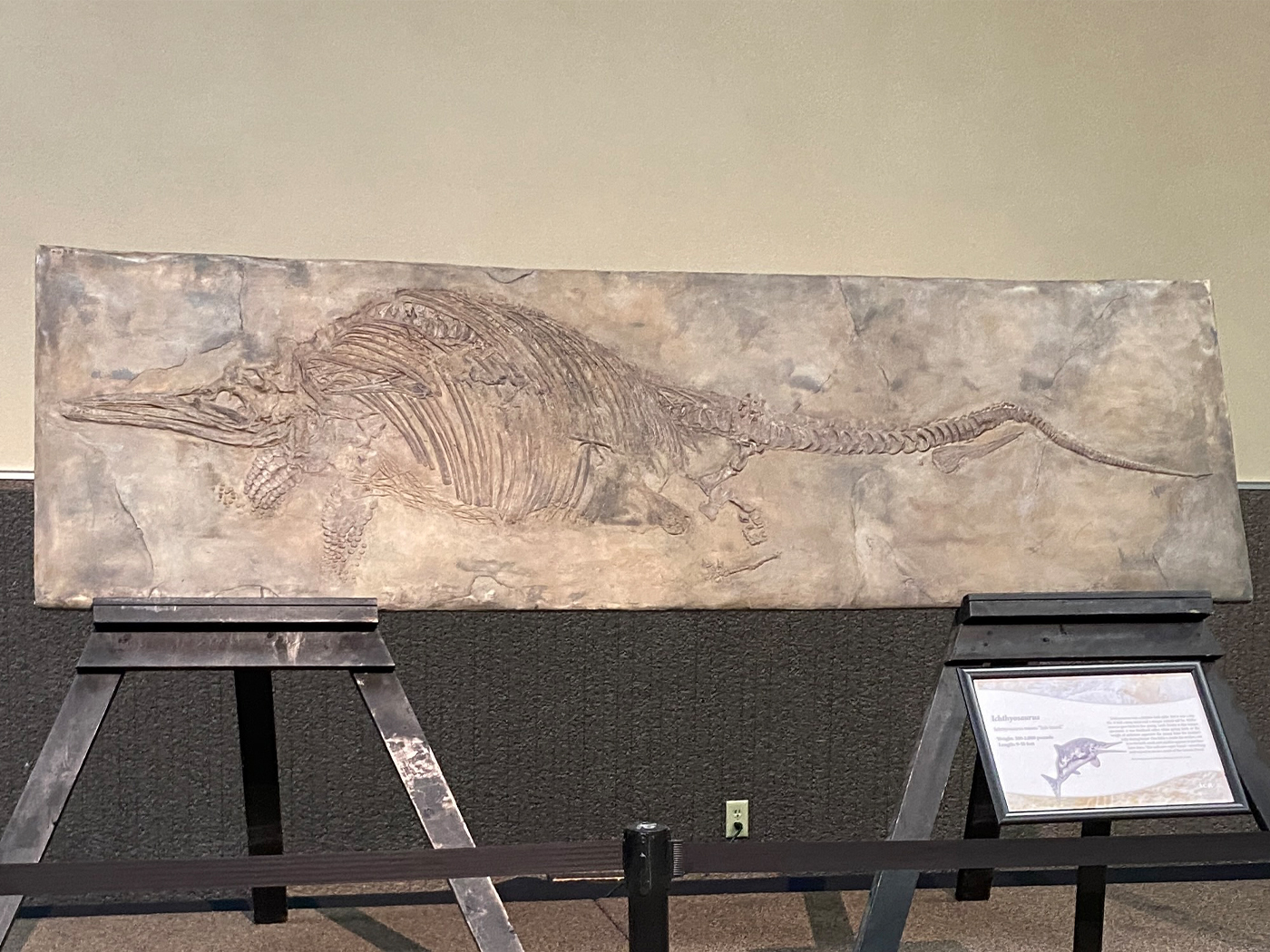Java Man was the name given to fossilized remains discovered in Indonesia over a century ago. Subsequently defined by evolutionists as Homo erectus, an extinct hominid, its placement in human evolutionary history has mystified evolutionary anthropologists.
New research is causing even more problems surrounding H. erectus. The Java remains were dated in 1996 at around 30,000 years old. But that figure may have been off by 500,000 years.
At the time, the younger age required a rewrite of human evolution, since it meant that H. erectus co-existed with humans for thousands of years instead of having lived prior to and in transition toward modern man. The age of 50,000 to 30,000 years was determined by measuring "radioactive elements in the fossil-bearing sediment," according to ScienceNews.1
The updated age of roughly 550,000 years--derived from its geological context--is eighteen times older than the first. The new analysis was presented April 14, 2010, at the annual meeting of the American Association of Physical Anthropologists. The researchers had sampled radioactive argon from the rocks above and below where the remains were found, and in that way came up with the new age.
Susan Antón of New York University indicated to ScienceNews that it's not clear why these estimates differ so dramatically.1 It could be that one or more of the assumptions upon which they depend are faulty. Without eyewitness reports to rely on, age estimates of earth's artifacts have to be based on the assumption that the natural processes on which the time measurement is based have operated at the same rate throughout earth's history.
The measurements of relative amounts of pre- and post- decayed materials can be precise, but if an incorrect assumption is used to interpret that data, the conclusions reached are invalid.
The question of when H. erectus actually lived isn't the first case of problematic "ages" related to argon. The lava dome that formed on Mount St. Helens in 1986 was dated in 1996 at 350,000 years old using the same method!2
Grand Canyon rocks were used to directly test the assumptions required for standard geological radioisotope dating methods. The results showed that in fact the assumption of a constant rate of decay was at fault.3 As another example, irreconcilably different "ages" were obtained using standard laboratory dating techniques for the Grand Canyon's Brahma schist rock layer, ranging from 1.2 to 1.8 billion years--a 600-million-year difference.4
Something in the past has definitely tampered with the rates of radiodecay clocks. And the vacillating ages of the Java Man remains show yet again that radioisotope clocks are not reliable age indicators.
References
- Bower, B. 'Java Man' takes age to extremes. ScienceNews. Posted on sciencenews.org April 16, 2010, accessed May 7, 2010.
- Austin, S. A. 1996. Excess Argon within Mineral Concentrates from the New Dacite Lava Dome at Mount St. Helens Volcano. Creation Ex Nihilo Technical Journal. 10 (3): 335-343.
- Austin, S. A. 2005. Do Radioisotope Clocks Need Repair? Testing the Assumptions of Isochron Dating Using K-Ar, Rb-Sr, Sm-Nd, and Pb-Pb Isotopes. In Radioisotopes and the Age of the Earth: Results of a Young-Earth Creationist Research Initiative, Vol. 2. Vardiman, L., A. Snelling and E. Chaffin, eds. El Cajon, CA: Institute for Creation Research and Chino Valley, AZ: Creation Research Society, 325- 392.
- Snelling, A. A. 2004. Radioisotope Dating of Grand Canyon Rocks: Another Devastating Failure for Long-Age Geology. Acts & Facts. 33 (10).
* Mr. Thomas is Science Writer at the Institute for Creation Research.
Article posted on May 17, 2010.













